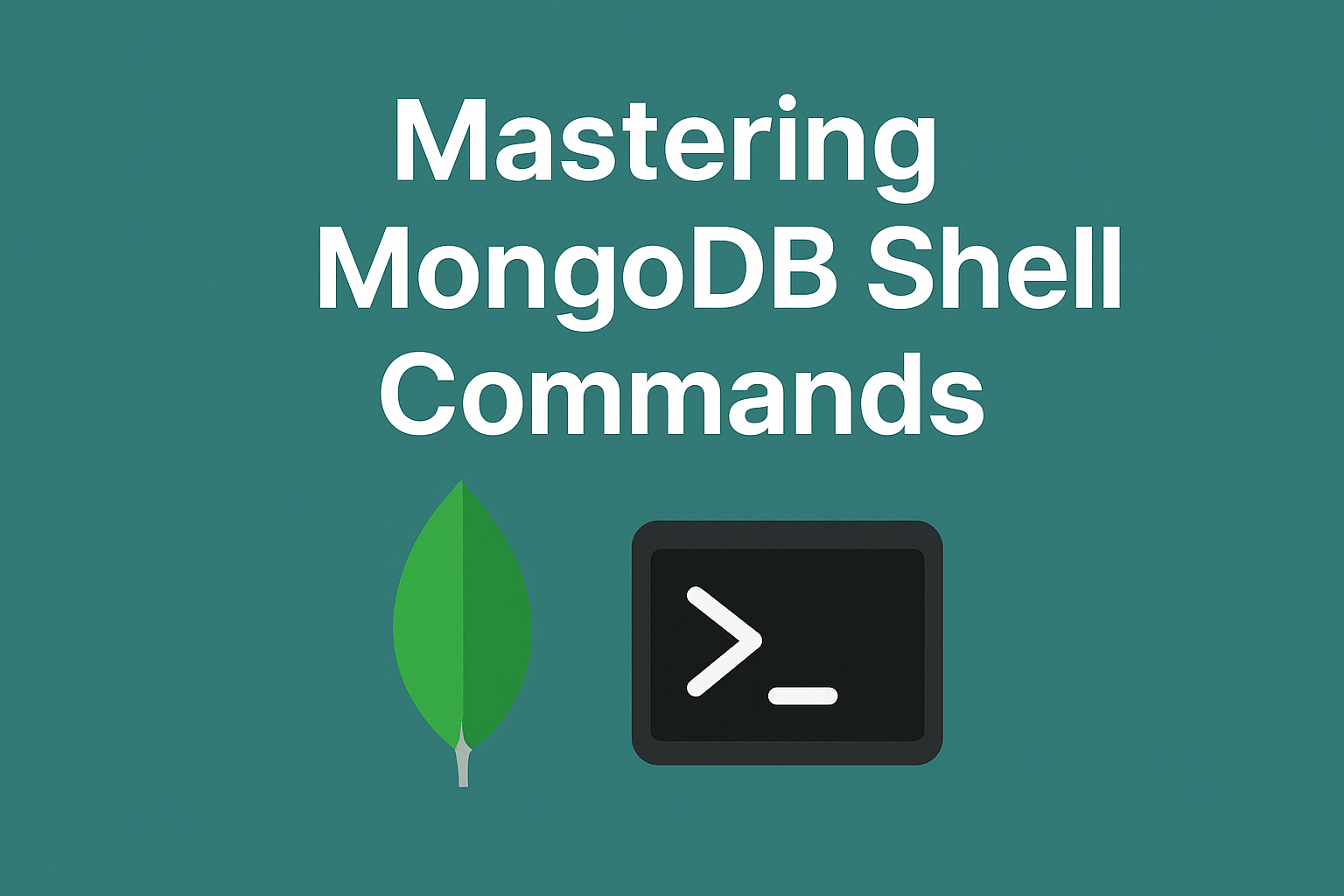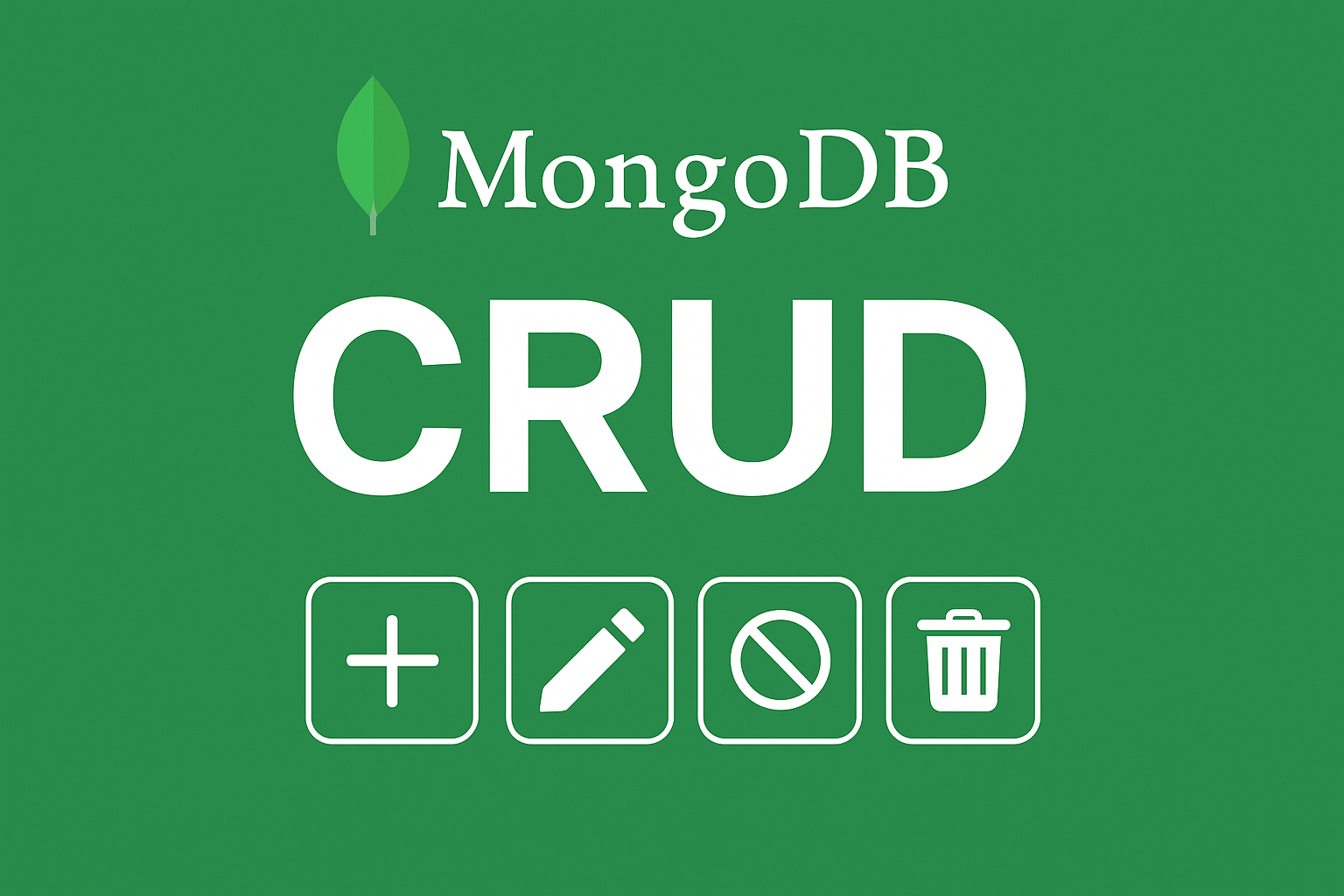
In this article, we’ll see MongoDB Introduction.
Table of Contents
In today’s data-driven world, managing and manipulating vast amounts of information efficiently is paramount for businesses to thrive. Enter MongoDB, a revolutionary NoSQL database that has taken the tech industry by storm.
MongoDB’s flexible data model, scalability, and ease of use have made it a popular choice for modern applications. We will embark on a journey to explore the fundamental concepts and features of MongoDB, unveiling its power and potential for modern data management.
What is MongoDB?
MongoDB is a document-oriented database that is used for storing and retrieving data. It is a popular choice for applications that need to store large amounts of data, such as social media platforms, e-commerce websites, and gaming applications.
It is a NoSQL database, which means that it does not use a traditional relational database model. Instead, data in MongoDB is stored in documents, which are similar to JSON objects. This makes MongoDB a good choice for applications that need to store data that is not easily modeled in a relational database.
It is also a scalable database. It can be easily scaled up or down to meet the needs of an application. This makes it a good choice for applications that are expected to grow rapidly.
It is a popular choice for developers because it is easy to use. It has a simple API that makes it easy to connect to and query data. It is also a well-documented database, which makes it easy to find help when needed.
It is written in C++, C, and JavaScript.
It is a cross-stage, archive arranged database that gives, superior, high accessibility, and simple adaptability. It deals with the idea of accumulation and report.
Database
The database is a physical compartment for accumulations. Every database gets its own particular set of documents on the record framework. A solitary MongoDB server commonly has numerous databases.
Collection
Collections are a gathering of MongoDB archives. It is what might as well be called an RDBMS table. An accumulation exists inside a solitary database. Accumulations don’t uphold a diagram. Reports inside a gathering can have distinctive fields. Ordinarily, all reports in an accumulation are of comparable or related reason.
Document
A document is situated of key-quality sets. Archives have dynamic schema. Dynamic schema implies that records in the same gathering don’t have to have the same set of fields or structure, and regular fields in an accumulation’s archives may hold diverse sorts of data.
Benefits:
- Document-oriented data model: MongoDB stores data in documents, which are similar to JSON objects. This makes it easy to store and retrieve data that is not easily modeled in a relational database.
- Scalability: MongoDB is a scalable database that can be easily scaled up or down to meet the needs of an application.
- Replication: MongoDB supports replication, which means that data can be stored on multiple servers. This makes MongoDB a good choice for applications that need to be highly available.
- Indexing: MongoDB supports indexing, which makes it easy to query data.
- Security: It supports security features, such as authentication and authorization.
- Flexible data model: It uses a document-oriented data model, which makes it easy to store and retrieve data that is not easily modeled in a relational database.
- Scalability: It is a scalable database that can be easily scaled up or down to meet the needs of an application.
- Ease of use: It has a simple API that makes it easy to connect to and query data. MongoDB is also a well-documented database, which makes it easy to find help when needed.
Advantages of MongoDB over RDBMS
- It is a record database in which one gathering holds diverse archives. The number of fields, substance, and size of the record might be contrasted starting with one archive then onto the next.
- The structure of a solitary item is clear
- No intricate joins
- Profound inquiry capacity. It helps dynamic inquiries on records utilizing a record based inquiry dialect that is almost as capable as SQL
- Tuning
- The simplicity of scale-out: It is not difficult to scale
- Transformation/ mapping of useful articles to database protests not required
- Utilizes inward memory for putting away the (windowed) working set, empowering quicker get to of data
Why should use It
- Report Oriented Storage: Data is put away as JSON style reports
- File on any quality
- Replication & High Availability
- Auto-Sharding
- Rich Queries
- Quick In-Place Updates
- Expert Support By It
Where should use It?
- Enormous Data
- Content Management and Delivery
- Portable and Social Infrastructure
- Client Data Management
- Data Hub
It has revolutionized the world of data management with its flexible document model, scalability, and ease of use. In this blog post, we explored the core concepts and features of It, shedding light on its potential for modern data-driven applications.
Whether you’re building a high-performance web application, managing large-scale analytics, or exploring the possibilities of the Internet of Things, It can empower you to efficiently handle your data and drive innovation in your projects. Embrace the power of MongoDB and unlock new horizons in your data management journey.


One thought on “MongoDB Introduction”